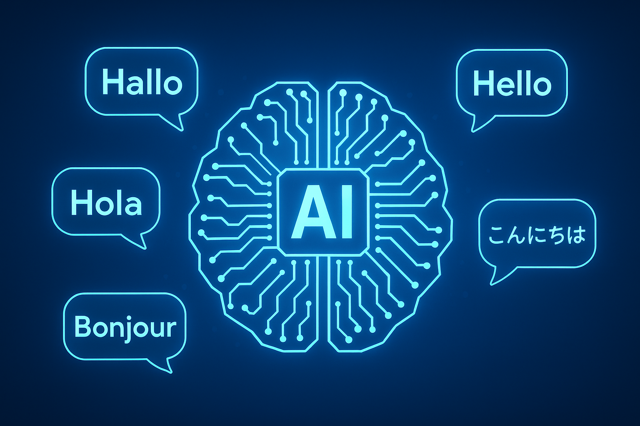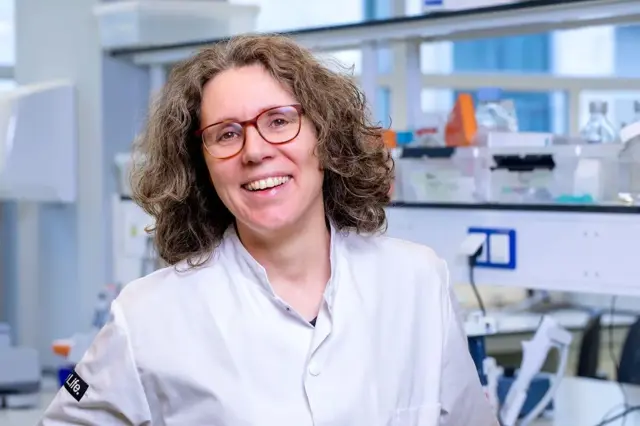< Back to news 


15 January 2024
Surgery? First your digital twin under the knife
It seems like science fiction: on the 'digital twin' of a patient with a stroke or brain haemorrhage, testing what the best treatment is for this patient. For now, it is still future music.
But researchers from Amsterdam UMC have been awarded a €10 million EU grant to make it a reality. With a club of 19 partners from 11 countries, Amsterdam UMC is carrying out this so-called 'Gemini project'. "A treatment first performed virtually on your digital twin. Now that's customised care!"
Using computers, researchers have been testing new designs of cars and planes, for example, for years. This is called computer simulation. They then watch how those cars and planes behave in all kinds of different situations. Then, based on all those tests, they arrive at the best working car. Max Verstappen also first drives his race on the computer on a virtual race track before getting into a real Formula 1 car. Henk Marquering, professor of translational artificial intelligence: "Strangely enough, computer simulations are still uncommon in medicine. While it can be an incredibly valuable tool. For example, for tailor-made treatment that has first been tested on the computer."
Medical data
"With this project, we want to start testing treatment for individual stroke patients on a digital twin first. Doctors will see in the simulation which treatment works and which does not." Over the next few years, Marquering and colleagues are plunging into developing digital twins of patients with stroke or cerebral haemorrhage. "Blood pressure, heart rhythm, information from a brain scan; after a stroke or brain haemorrhage, we enter as much of the patient's medical data as possible. Then a kind of 'digital twin' rolls out on which we can simulate treatments."
Digital testing
Marquering comes up with a practical example: "Suppose patient x has had a stroke. The aim of treatment then is always to remove the blood clot. But in some cases, such a blood clot disintegrates into chunks when you touch it. Think of a scab on your arm, from which pieces fall off when you scratch. You definitely don't want those chunks in the brain, it's life-threatening. So we first use a computer simulation on your digital twin to test exactly how that blood clot reacts. If the clot stays intact when virtually removed, bingo, that's the best treatment for our patient. If the clot disintegrates then we have to find another way to treat it."
In practice
"By pre-testing, the patient gets the most optimal treatment." Over the next four years, Marquering and his colleagues will work on the technique to make it possible to create such a digital twin. Once that technique is in place, they expect to need another two years or so to turn it into a computer simulation that can be used in practice. So that doctors will soon use their computers to arrive at the most appropriate treatment method for their patients. Marquering: "A treatment that has thus first been virtually tested on your digital twin. Now that's tailor-made care!"
This article was published on the website of Amsterdam UMC.
© Amsterdam UMC, Foleon
Vergelijkbaar >
Similar news items

September 9
Multilingual organizations risk inconsistent AI responses
AI systems do not always give the same answers across languages. Research from CWI and partners shows that Dutch multinationals may unknowingly face risks, from HR to customer service and strategic decision-making.
read more >

September 9
Making immunotherapy more effective with AI
Researchers at Sanquin have used an AI-based method to decode how immune cells regulate protein production. This breakthrough could strengthen immunotherapy and improve cancer treatments.
read more >

September 9
ERC Starting Grant for research on AI’s impact on labor markets and the welfare state
Political scientist Juliana Chueri (Vrije Universiteit Amsterdam) has received an ERC Starting Grant for her research into the political consequences of AI for labor markets and the welfare state.
read more >